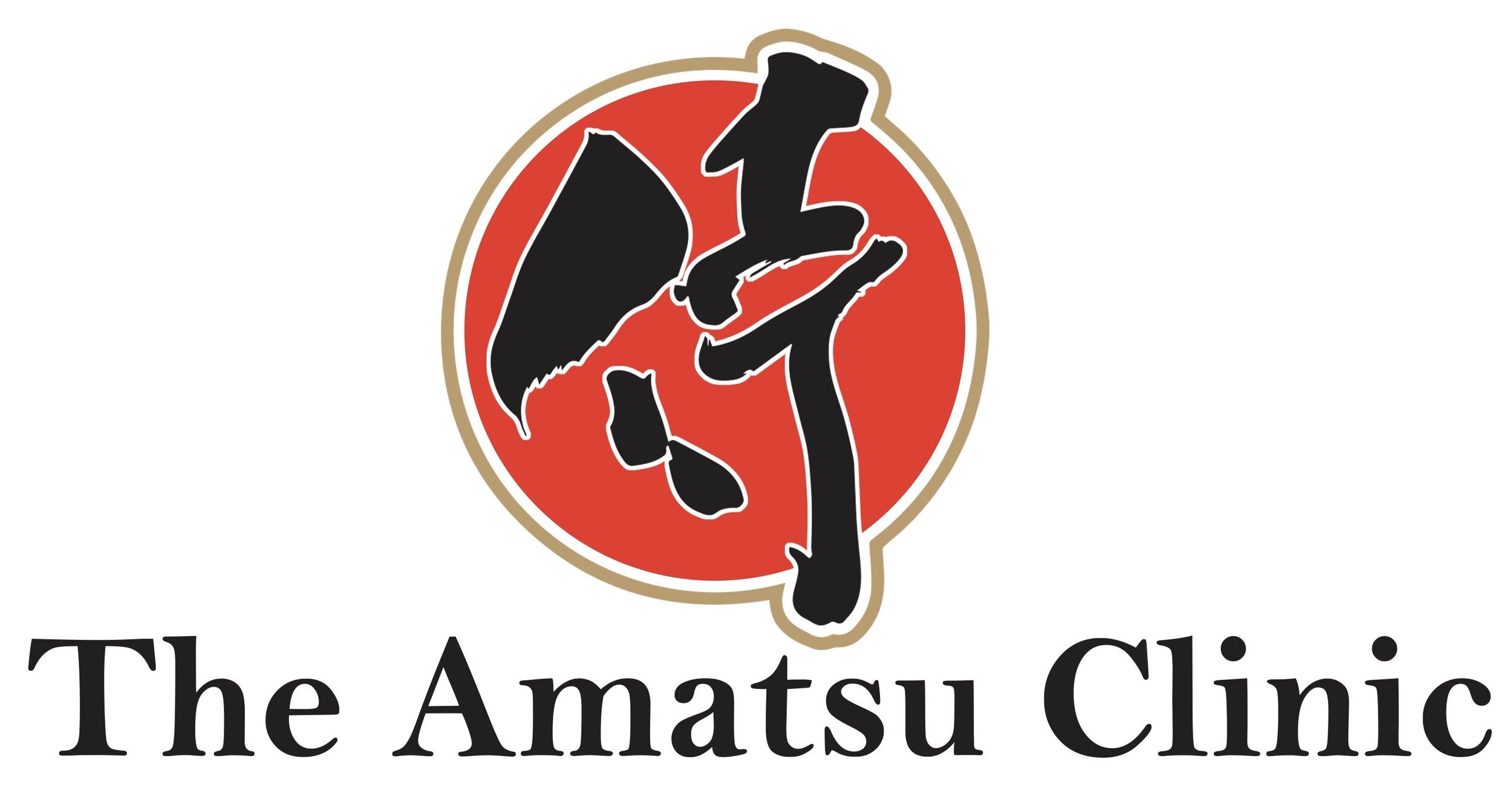How does Amatsu Therapy Work?
Amatsu uses soft tissue and mobilisation techniques rooted in the ancient Japanese “feeling” practised by Dr Hatsumi and developed by Dennis Bartram. Together they provide Amatsu therapists with a unique set of techniques and applying the principles of biotensegrity to treat clients. These techniques are movement oriented and engage with the body’s soft tissue to initiate movement at an injury site. This helps release painful spasms or restrictions around the injury and helps support the rebuilding of healthy neurological patterns and global body balance or proprioception.
Proprioception refers to the body’s ability to sense movement, enabling us to know where our limbs are in space without having to consciously look. Distorted information from our joints, tendons or muscles will have a negative effect on our propioceptive abilities and bodily coordination. Amatsu aims to aid in the restoration of our proprioception and quality of movement. By re-learning how to move our bodies in a natural and integrated manner we enhance our movement and thereby our health.
The idea of biotensegrity, as stated above, is based on the tensegrity structure. Tension and compression help form this structure. The structure reflects that of the human body: a collection of rigid bones floating in a network of soft muscular tissue.
It’s this view of the human body that’s changing the way we view the body. Amatsu therapy cross’s the interface of the body to effect the biotensegrity of the body. By applying a load in a specific area to make the greatest change so it can have an effect on somewhere else and globally using the principles of biotensegrity.
